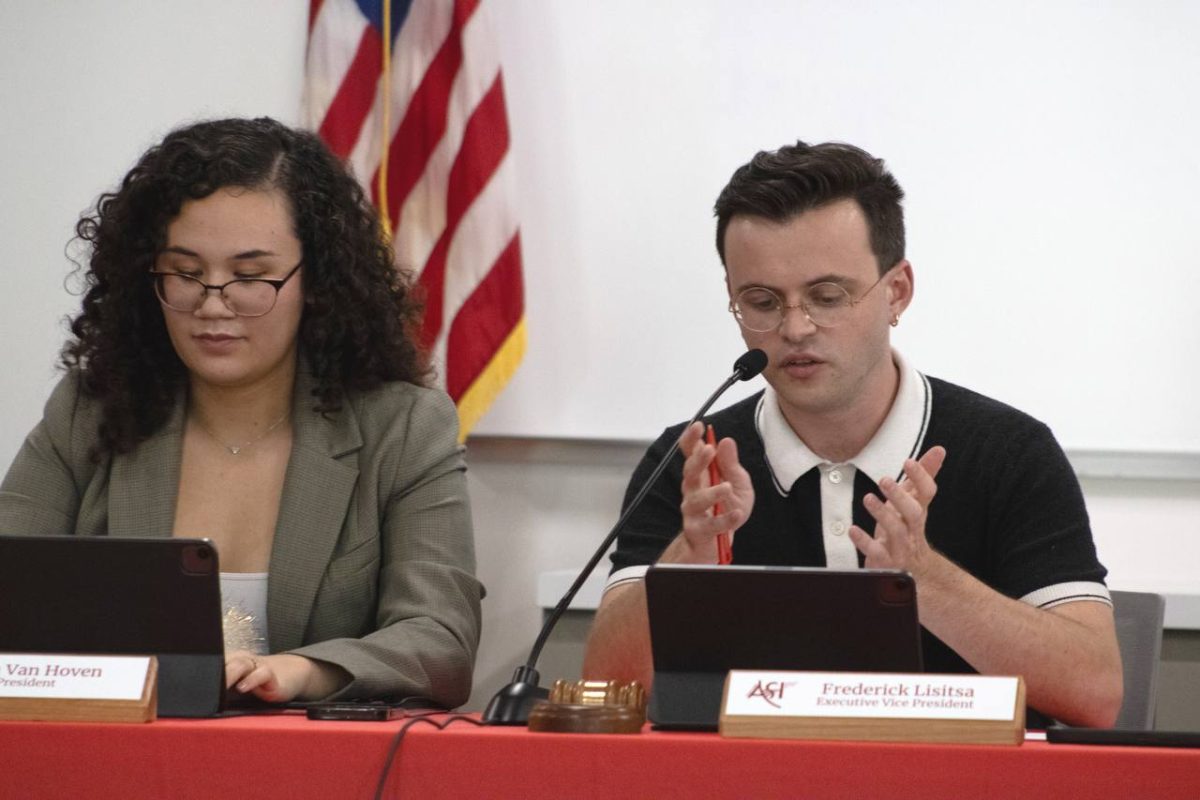The California State University (CSU) is a second-class system. The California Master Plan for Higher Education, developed in 1960 under Gov. Pat Brown, was meant to provide broad access and clear distinctions among the University of California (UC), CSU and the California Community College (CCC) campuses.
It assigned high-level research to the UC, applied disciplines to the CSU and two-year technical degrees to the CCC, offering what appeared to be a well-coordinated approach to public education. In practice, however, the plan enshrined inequalities that continue to harm students, faculty and staff alike.
The UC, which became a public trust in 1879 and enjoys constitutional independence, receives a guaranteed budget and charges about $14,500 per year in tuition for roughly 290,000 students. By contrast, the CSU—which serves over 460,000 students and produces 130,000 graduates annually—remains reliant on a more precarious, discretionary legislative funding process.
Despite educating a larger share of undergraduates, it still receives 40% less per-student funding than the UC. Meanwhile, the CCC enrolls 1.3 million students at virtually no cost, thanks to the guarantees of Proposition 98. These differences in funding and, at the end of the day, institutional respect are unacceptable.
Although these divisions might have made sense sixty years ago, California has changed. The CSU now drives workforce development, undertakes vital applied research in fields like agriculture, tech and health, and provides opportunities for countless first-generation and lower-income students.
Teachers and staff within this “second-class” system sometimes resort to measures as desperate as selling plasma to pay bills, a testament to the inadequate support offered despite the state’s public commitment to equity and inclusion.
The irony is that the CSU—often serving communities of color, immigrant families and working-class Californians—receives fewer resources even though it’s the largest engine of economic mobility in the state. If we believe in the rhetoric of diversity and opportunity, we must reckon with the question of why one segment of public higher education is left underfunded and overburdened.
Much of the public remains unaware of these disparities, which fosters the myth that UC’s more generous funding reflects its supposed superiority. Yet the CSU’s mission is no less essential: its graduates become the teachers, nurses, entrepreneurs, engineers and public servants fueling California’s day-to-day successes.
The state’s economy depends on a well-trained, versatile workforce and directing more resources to the CSU would create better facilities, faculty support and student services. It would also alleviate tensions among those in the system who see limited state allocations pitting students, teachers and staff against one another when, in truth, the problem lies in the broader inequity of the Master Plan’s funding framework. Re-examining the Master Plan does not require undermining the UC or CCCs.
Instead, it demands rethinking how each institution is empowered to meet current realities. California must acknowledge that the CSU’s role has evolved and that it can no longer be treated as a second-tier system. We need legislative guarantees that offer baseline funding on par with what the UC and CCCs receive through constitutional mandates so that CSU teachers and staff can survive on their salaries and students can count on learning in modern facilities with robust academic support.
 CSU students and alumni must call on lawmakers and the legislature to demand immediate action. The university experience should generate pride, not frustration at being treated as second fiddle in the same public system. As the driving force behind our state’s workforce, CSU graduates deserve respect and resources that match their ambitions.
CSU students and alumni must call on lawmakers and the legislature to demand immediate action. The university experience should generate pride, not frustration at being treated as second fiddle in the same public system. As the driving force behind our state’s workforce, CSU graduates deserve respect and resources that match their ambitions.
If we truly believe in equity and inclusion, we as a state and as a community must invest accordingly. By ensuring a more balanced allocation of funds to the CSU and acknowledging its critical role, California can finally align its actions with its ideals and end the practice of treating the CSU as a second-class institution. Yet, with legislative cuts nearly every year for the past decade—and another on the horizon—we must act swiftly and boldly or risk losing the very system we strive to protect.




